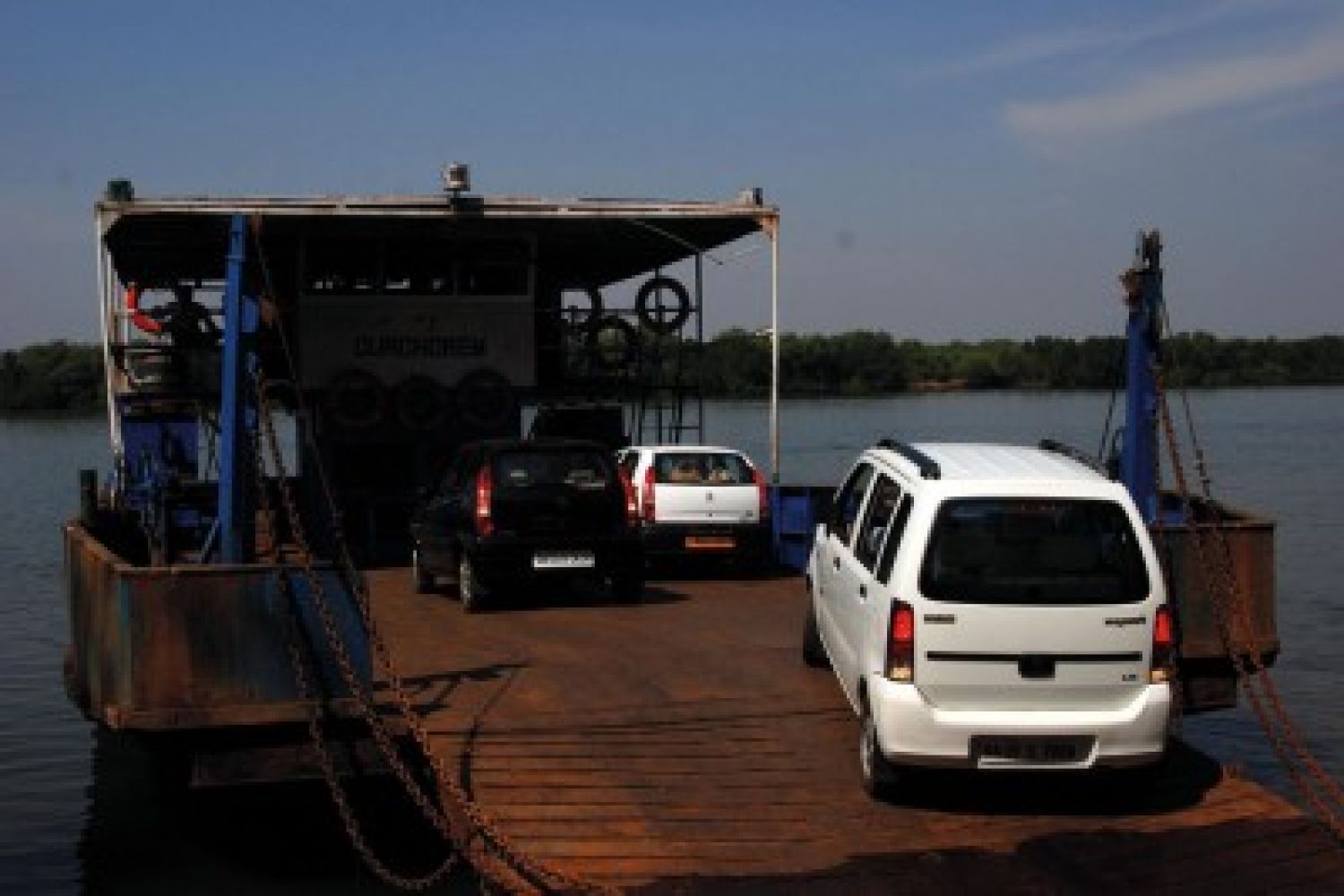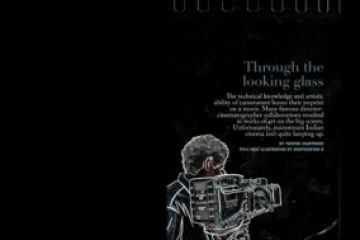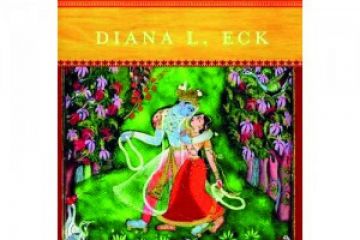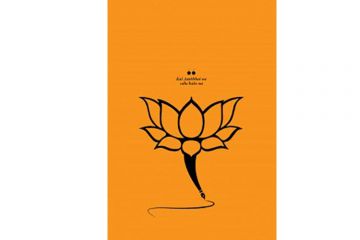
To travel is to seek. To seek, travel. In my case, as with many others
probably, it’s not as straightforward, or maybe it is. I seek travel.
I’ll put it down to
not knowing for sure what to seek. I do not recollect ever having sat down to
define my purpose or outline my objective for hitting the road. What I did
seek, however, was the outdoors, open skies, sunshine, the joy of going
somewhere. Anywhere.
Not for me the deep
contemplation of life and its meanings. My philosophy is s





